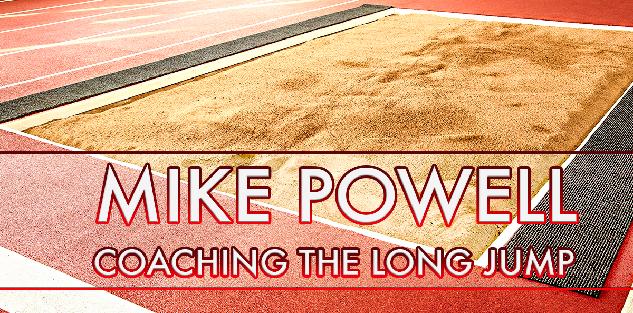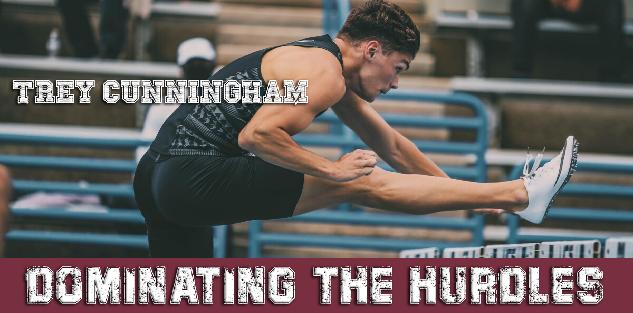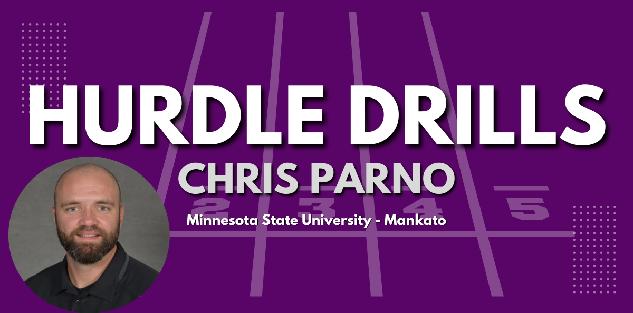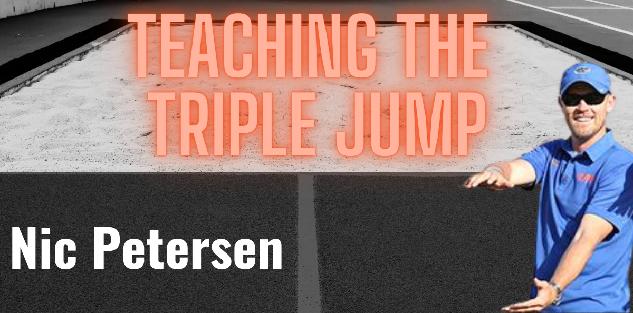Featured courses
- The Ultimate Guide to Coaching Track and Field by Jackson Chlebowy
- How TCU Coach Khadevis Robinson Builds Mental Toughness for Big 12 Track by William Markey
- Two Points of Focus When Coaching and Training Hurdles by Grant Young
- Four Keys to Maximize Winning Potential in a 400m Race by Grant Young
- Three Lessons Every Distance Running Coach Should Know by Grant Young
- Olympic Medalist Jasmine Moore’s Triple Jump Approach Technique Keys by Grant Young
- Build Strong Triple Jump Foundations with 3 Key Drills by William Markey
- Two Cues to Help With Track and Field Relay Handoffs by Grant Young
- Four Shot Put Drills to Help Develop Your Athletes by Grant Young
- Three Training Tips For Coaching 400m Runners by Grant Young
- Four Tips for Teaching the Javelin Throw by Grant Young
- 3 Pole Vault Check Points From Legendary Kansas Coach Tom Hays by Grant Young
- Two Valuable Hammer Throw Training Tips by Grant Young
- 3 Must-Try Offseason Shot Put Drills by William Markey
- Four Essential Tips For Coaching Track Relays and Sprints by Grant Young
- Florida Gators Coach Nic Petersen’s Two Keys for Teaching the Triple Jump by Grant Young
- Three Effective Drills for Improving the Long Jump by Grant Young
- Three Drills for Sprinters That Track Coaches Swear By by Grant Young
- Four Pole Vault Drills All Track and Field Coaches Should Know by Grant Young
- Explosive Track and Field Training to Level Up This Summer by Tyler Rathke
- Throwing Secrets: The Entry by Tyler Rathke
- How to Find an Endurance Athlete’s Proper Training Pace by Grant Young
- The Technique Behind Mykolas Alekna’s Discus World Record by Grant Young
- How to Build a Sprinter's Training Regimen by Grant Young
- How to Teach the Glide Shot Put by Grant Young
- Three Hurdle Drills All Track Coaches Should Know by Grant Young
- How Distance Running Coaches Can Get the Most Out of Their Athletes by Grant Young
- The Technique Behind Mondo Duplantis' Pole Vault World Record by Grant Young
- How to Coach Weightlifting For Increased Speed and Acceleration by Grant Young
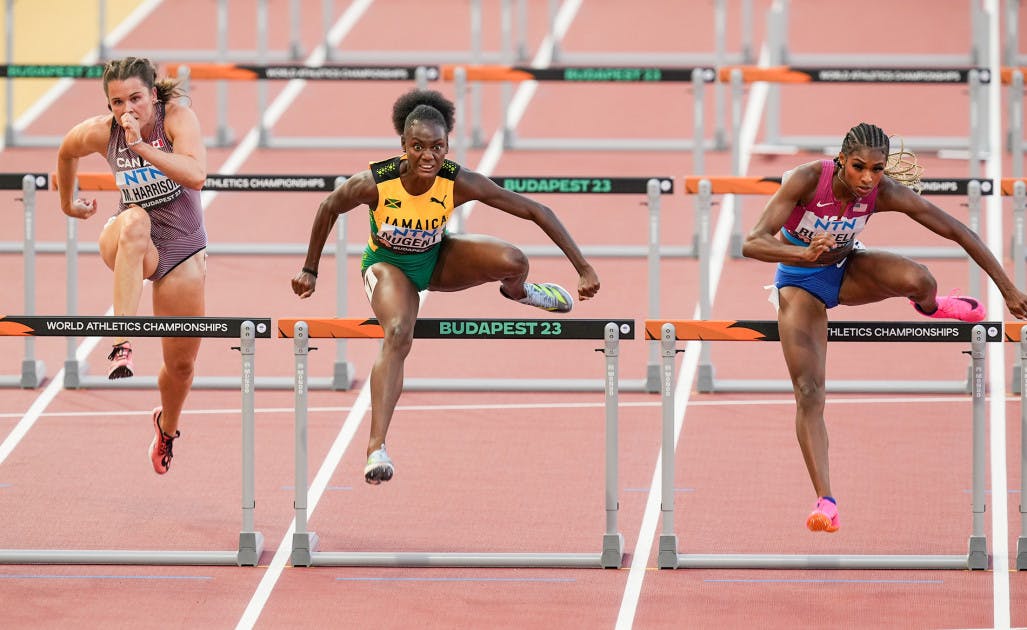
Two Points of Focus When Coaching and Training Hurdles
- By Grant Young
Pinpointing and diagnosing mechanical issues in athletes can be particularly challenging for hurdle training due to several factors:
1. Complexity of Technique: Hurdling requires a unique blend of speed, timing, and coordination, with the need to clear hurdles efficiently while maintaining forward motion. This complexity means that even small mechanical errors can have a cascading effect on an athlete's performance. Coaches must be adept at identifying these subtle errors, which can be tough given the fast-paced nature of the event.
2. Variability Among Athletes: Each athlete presents a unique set of physical attributes, including height, stride length, and strength. These differences can influence hurdle technique, making it difficult for coaches to apply a one-size-fits-all approach. What may work for one athlete could lead to problems for another, complicating the identification of issues.
3. Perceptual Challenges: Athletes often perceive their own performance differently than coaches observe it. An athlete may feel they are executing a technique correctly, while a coach may see noticeable flaws. This disconnect can lead to miscommunication, making it harder for coaches to accurately diagnose and correct mechanical issues.
4. Subtlety of Errors: Many mechanical issues manifest in subtle ways that aren’t immediately obvious. For instance, slight misalignments in foot placement or body angles may not be detected without close observation or video analysis. Coaches need to be thorough in their assessments and often require advanced technology to catch these nuances.
Because of these many factors, it’s important that coaches know what to look for when assessing mechanical mishaps their athletes may be dealing with during their hurdles. This is why we’ve pulled two points of focus when training hurdles from two elite hurdles coaches that you can keep an eye on next time you’re trying to decipher why your athletes aren’t setting their personal bests.
Kenny Anderson - Training Focus
Kenny Anderson enters his fifth season as the Director of Track & Field/Cross Country at Central Methodist in 2024-25.
The 2022-23 season was a stellar year for Anderson and the Eagles, as 13 school records and one conference record were broken. The CMU Women won their second-straight Heart Indoor Conference Championship, which included five individual conference titles. As a result, Anderson was named both the Heart Conference and the USTFCCCA South Central Region Women’s Indoor Coach of the Year. Altogether, the Eagles garnered nine NAIA All-American selections, the most at a single national meet in program history.
In his ‘Difference in Focus between 100 Hurdles & 110 Hurdles’ clinic, Coach Anderson addresses a few points of emphasis when it comes to training your hurdle athletes.
One of his most crucial points in the clinic is that all training exercises and drills should be focused on producing the fastest time possible. Since that’s always the goal when competing, it should also always be the goal when competing.
Going off of this, training and drills should emphasize the rhythm of hurdles. According to Coach Anderson, rhythm for a hurdler is the type of speed that allows hurdlers to use their techniques to the maximum.
When emphasizing rhythm in drills, Coach Anderson likes to use seven, nine, or 12 hurdles, because he thinks that’s the sweet spot to establishing rhythm without doing too much to tire your athletes out.
Patience is imperative when it comes to training hurdle athletes. If you’re executing perfect practice plans, utilizing drills that emphasize rhythm, and diagnosing all of your athlete’s mechanical flaws as soon as they occur, it would still be illogical to assume you’ll see tangible changes from your athletes’ times before six weeks. Coach Anderson says that usually, around six to seven weeks, he begins to see changes in his athletes’ times from the start of the season.
Jamie West - Common Technical Issue #1 - Take Off Spot
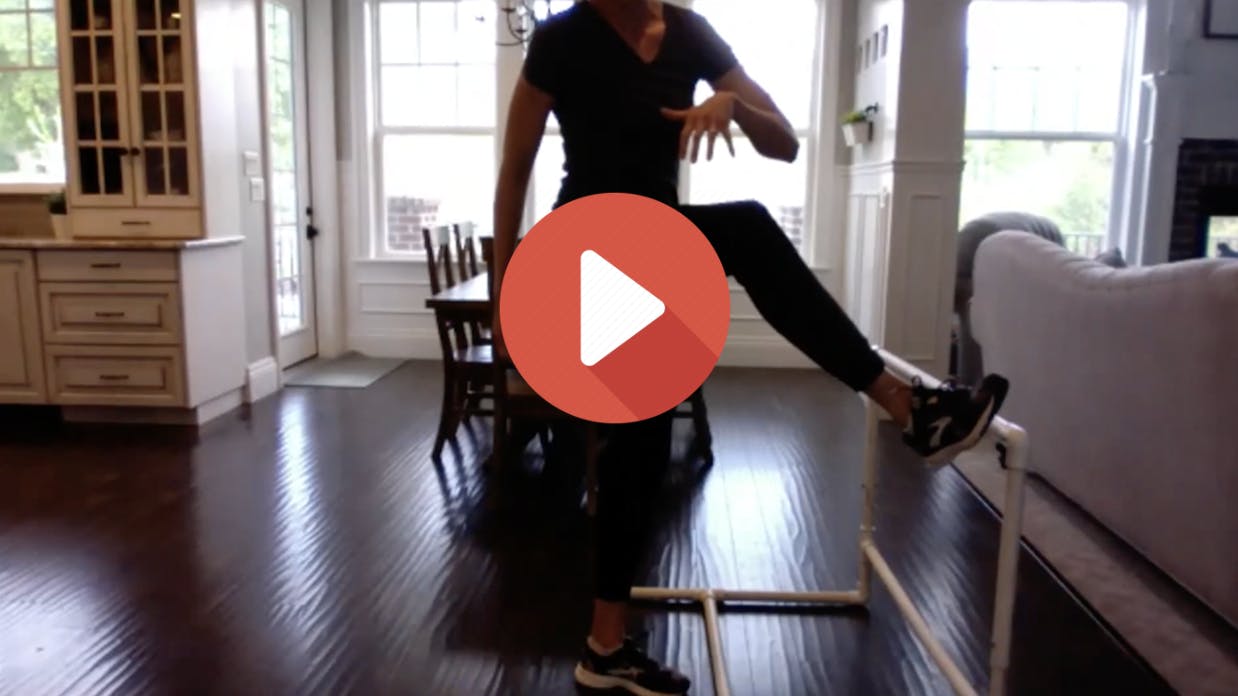
Jamie West has been a track and field coach for 15+ years. Coach West hurdled at Davis High School and went on to hurdle at D1 Weber State University. Coach West was a 2-time state champion in the 100m hurdles.
Jamie West has enjoyed coaching hurdlers from all over the State of Utah as well as some hurdlers nationally and internationally.
In her ‘Hurdle Drills, Technique, and Corrections’ clinic, Coach West discusses the most common technical issue she sees during the take-off phase and addresses how a coach can fix it.
To her, the most common technical issue at this phase is the athlete taking off too close to the hurdle. Some other common ones are if the hurdler isn’t aligned when they’re coming into their leap, with a third one being the athlete either not planting or dropping their hips when they enter the take off.
When the athlete is jumping too close to the hurdle, the body will likely compensate by pulling backward, the body’s momentum will go upward, and the lead leg might have to be shifted somewhere off-center. All of these will slow the runner down considerably.
Coach West also wants to make sure coaches are entering their take off on their heel, planting firmly, rather than on the ball of their foot. This is because all of that momentum that’s going into the ground with the heel is going to propel the athlete when they commence their take off.

